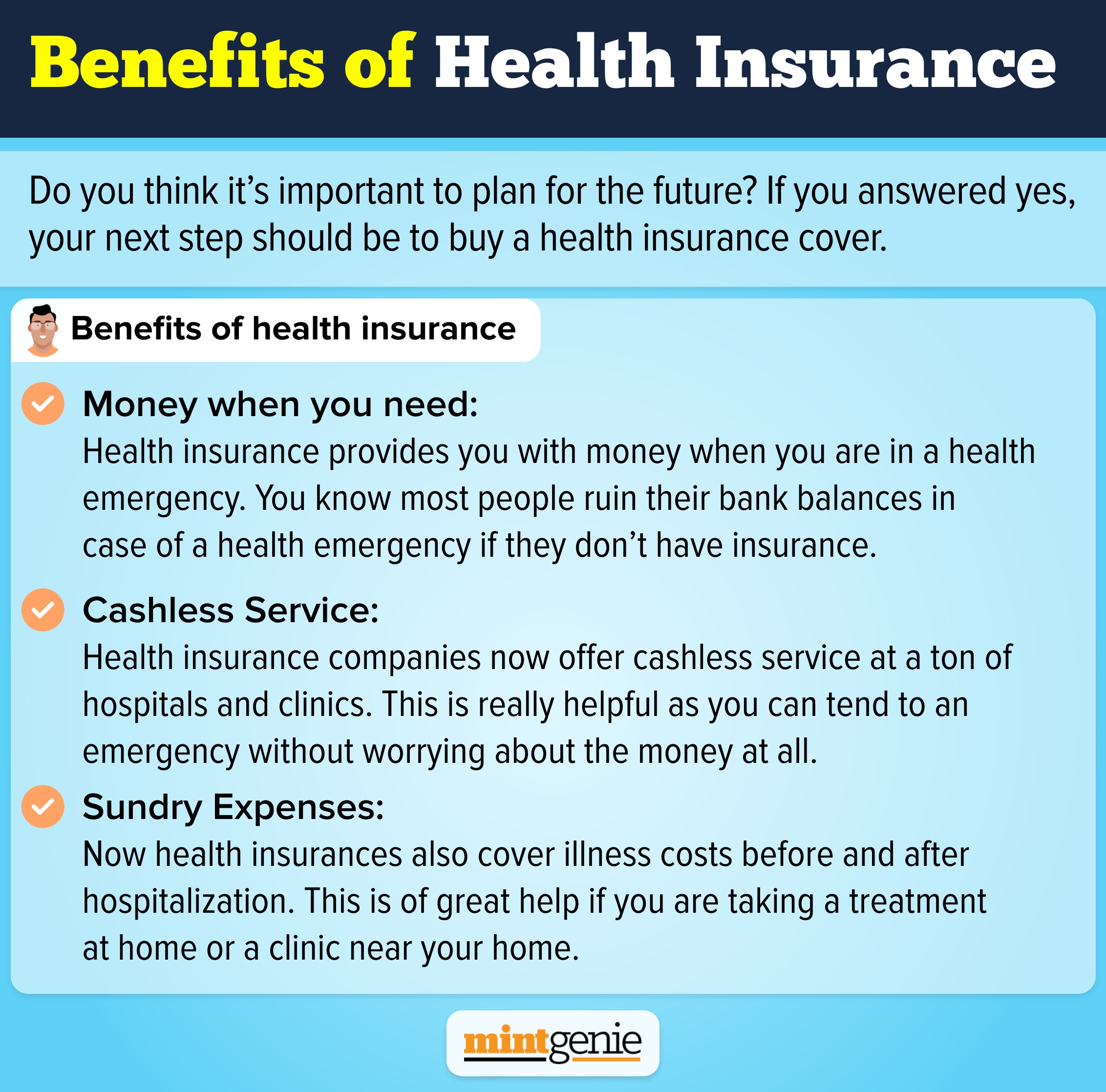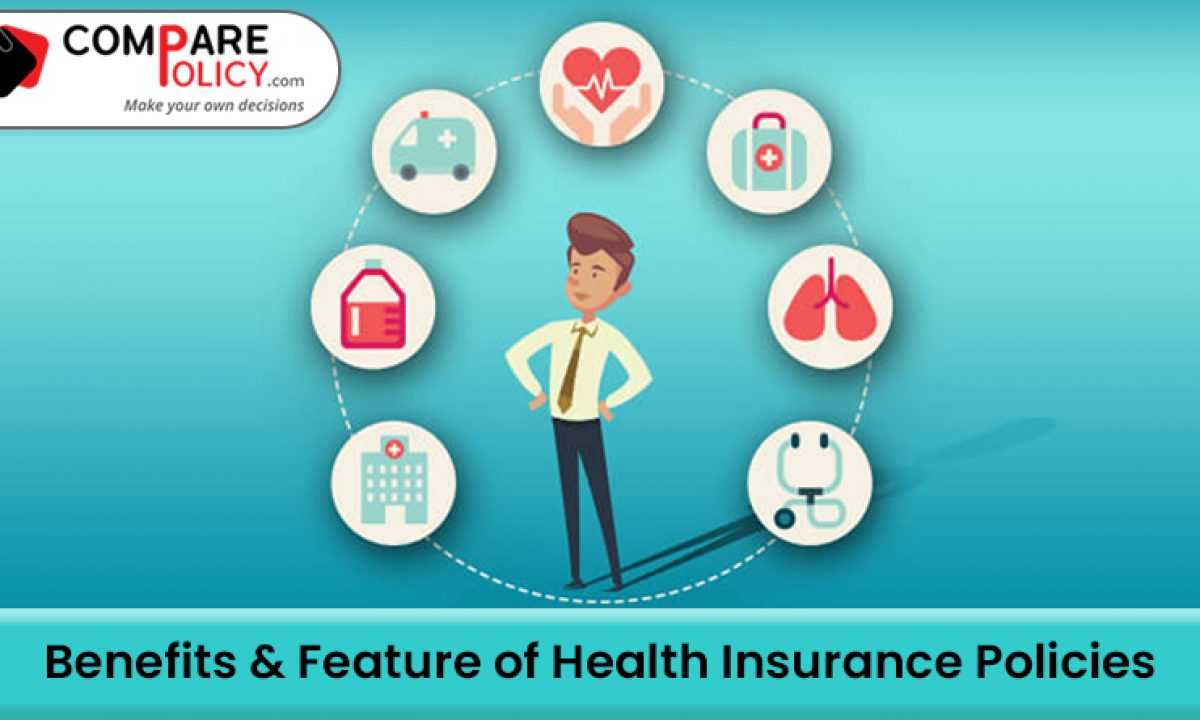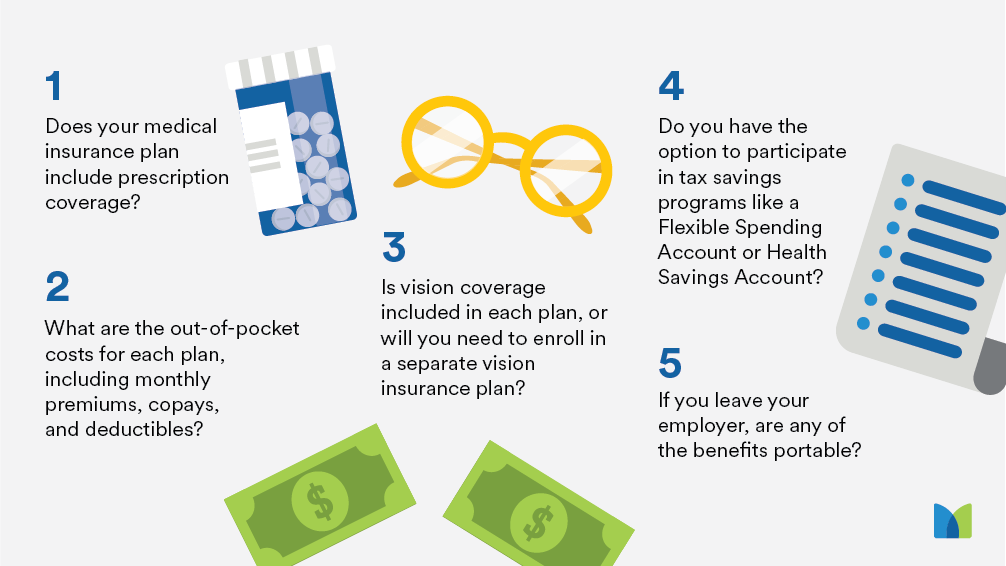Medicare Advantage Agent for Dummies
Table of ContentsMedicare Advantage Agent - QuestionsAll about Medicare Advantage AgentSee This Report about Medicare Advantage Agent


follows from complies with the puzzling young fairly profile of the uninsured with the better healthFar better wellness average, standard younger persons. For those without access to office health insurance, bad health is a potential obstacle to buying nongroup insurance coverage since such coverage may be very valued, exclude preexisting conditions, or be merely unavailable. Unless otherwise kept in mind, nationwide quotes of people without health insurance policy and proportions of the populace with various kinds of coverage are based on the CPS, the most commonly made use of source of estimates of insurance policy coverage and uninsurance prices.

Some Known Facts About Medicare Advantage Agent.
The connection in between health insurance policy and access to care is well developed, as documented later in this phase. The relationship between health insurance policy and health and wellness end results is neither straight nor straightforward, a substantial clinical and wellness solutions research study literary works web links wellness insurance coverage
to improved access accessibility care, better far better, and improved personal and population populace health and wellness. The 2nd record, on individual health and wellness outcomes for uninsured grownups, is represented by the innermost circle of the figure, while the third record, on family members well-being, encompasses the topics of the 2nd record however emphasizes a different system of evaluation, particularly, the family.
Furthermore, it focuses specifically on those with no health and wellness insurance for any length of time. The troubles dealt with by the underinsured are in some respects comparable to those encountered by the without insurance, although they are generally much less severe. Uninsurance and underinsurance, however, entail clearly various plan concerns, and the techniques for resolving them might differ. Throughout this research study and the 5 records to follow, the major emphasis is on persons with no medical insurance and thus no assistance in paying for wellness care beyond what is available through charity and safeguard organizations. Health insurance is an effective variable impacting receipt of care because both people and doctors react to the out-of-pocket cost of solutions. Medical insurance, nonetheless, is neither essential nor enough to acquire accessibility to medical services. Nonetheless, the independent and direct impact of health
insurance protection on access to health and wellness solutions is well established. Others will certainly acquire the health care they need also without medical insurance, by spending for it out of pocket or seeking it from service providers who supply treatment free or at highly subsidized rates. For still others, wellness insurance policy alone does not ensure invoice of care due to various other nonfinancial barriers, such as a lack of healthcare service providers in their area, restricted accessibility to transportation, illiteracy, or that site linguistic and social differences. Formal research about without insurance populations in the USA dates to the late 1920s and very early 1930s when the Committee on the Price of Medical Care generated a collection of records regarding financing medical professional workplace gos to and hospitalizations. This problem came to be prominent as the varieties of medically indigent climbed throughout the Great Anxiety. Empirical researches regularly sustain the web link between accessibility to care and enhanced health and wellness outcomes(Bindman et al., find more information 1995; Starfield, 1995 ). Having a regular resource of care can be thought about a predictor of access, as opposed to a straight action of it, when wellness results are themselves used as accessibility indications. This expansion of the idea of accessibility dimension was made by the IOM Board on Monitoring Accessibility to Personal Health Care Solutions(Millman, 1993, p. Whether parents are insured shows up to affect whether their kids obtain care in addition to just how much careeven if the youngsters themselves have coverage(Hanson, 1998). The wellness of moms and dads can impact their capacity to take care of their youngsters and the degree of family members anxiety. Fretting about their kids's access to care is itself a source of anxiety for parents. 3 chapters follow in this record. Chapter 2 offers a review of just how employment-based medical insurance, public programs and private insurance policy policies operate and interact to give considerable yet insufficient protection of the U.S. populace. This includes an evaluation of historic patterns and public policies affecting both public and exclusive insurance, a discussion of the interactions among the various sorts of insurance coverage, and an assessment of why people relocate from one program to one more or wind up
